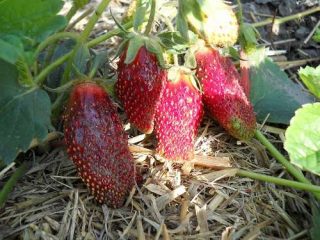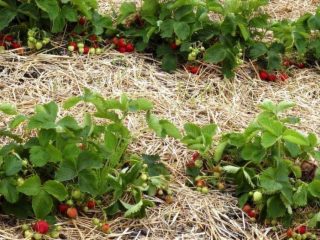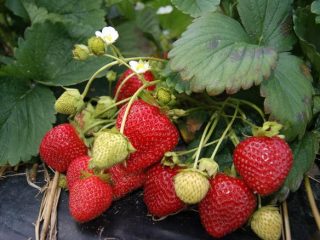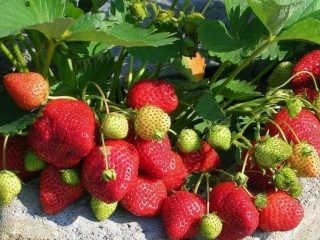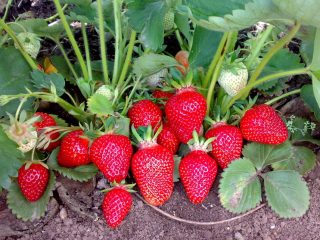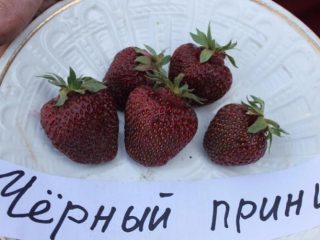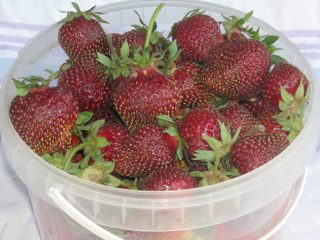Content
Strawberries are one of the most popular berries among gardeners around the world. It owes its popularity not least to its taste. However, it also happens that the strawberries collected by the gardener are sour. The list of probable reasons for the deterioration in the quality of the crop includes not only the “misgrading” of seedlings, but also the wrong choice of planting site and serious errors in agricultural technology.
Why did sour strawberries grow?
Strawberries are a rather “capricious” and fastidious crop to care for. If the berries collected from the beds are sour, this is a clear signal to the gardener: something is not happy with the plant. It cannot influence some factors, such as the weather during the season. However, you can correct your own mistakes that lead to strawberries becoming sour.
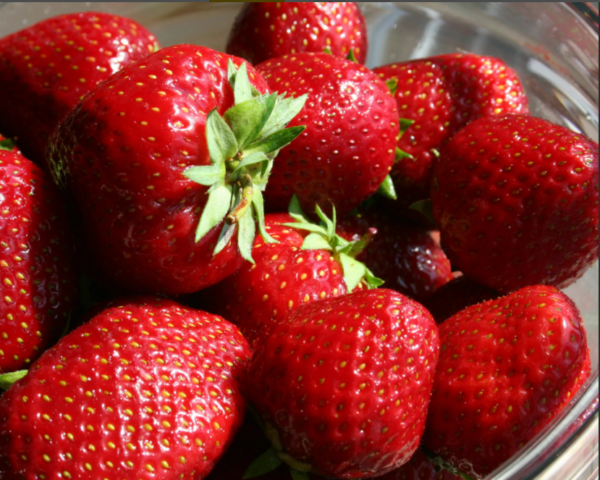
The large size and aesthetics of the berries are not a guarantee of outstanding taste.
Wrong choice of variety
When choosing a variety for cultivation, one cannot ignore the taste of the berries. Moreover, it is recommended to study not only the “official” description given by the originator, but also reviews of gardeners living in regions with similar climatic conditions. Otherwise, there is a high probability that the strawberries will be quite sour even with high-quality agricultural technology.
However, even when purchasing varieties from the dessert category, highly rated by professional tasters, the gardener is not immune from receiving sour berries. But here he will only have to blame himself for poor quality care and the wrong choice of landing site.
Natural aging of the bush
For most varieties and hybrids, the period of “productive life” is quite short - 3-5 years. There are “long-livers” for whom it lasts for 7-8 years, but there are not many of them.
On old bushes, strawberries become small, sour, the pulp “hardens” and loses its characteristic aroma. The root system of the plant is “responsible” for this, no longer capable of “pulling” from the soil the nutrients necessary for the ripening of berries in the required volume. Therefore, even high-quality agricultural technology will not save old bushes; the berries will still be sour.
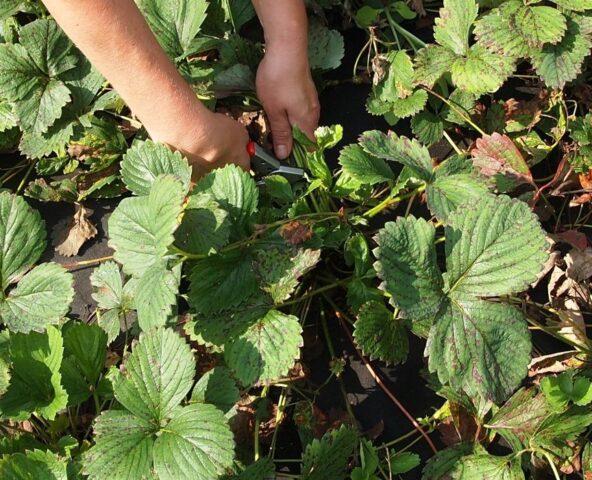
The aging of the bush is indicated by a sharp decrease in yield and deterioration in the quality of berries.
Excessive watering
Regular waterlogging of the soil not only increases the risk of developing root rot. The natural sugars in strawberries “dissolve” and they become watery and sour).
Excessive watering is especially harmful at the last stage of ripening, 7-10 days before harvest. The substrate is moistened most actively during the flowering and ovary formation phases. Drought at this time can also cause overly sour berries.
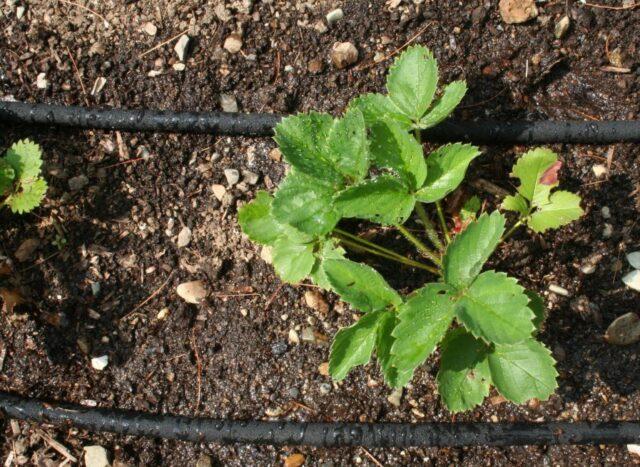
Most varieties and hybrids cannot boast of high drought resistance
Lack of microelements
During the active growing season, strawberry bushes require a large amount of macro- and microelements. Without this, it is impossible for the berries to ripen: they become smaller, become sour, and the yield drops, because the plants simply “don’t have enough strength.” To minimize the risk of picking sour berries, it is advisable to use specialized store-bought complex fertilizers.
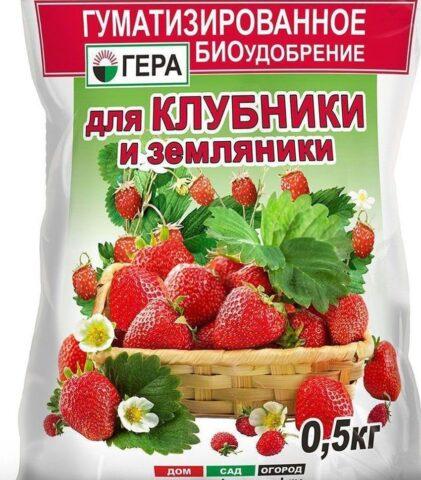
Strawberries also respond well to natural organic matter and folk remedies, but such fertilizers are not distinguished by their balanced and “verified” composition
Lack of light
For the full development of bushes and ripening of berries, a daylight period of at least eight hours is required. Most varieties and hybrids are not harmed by direct sunlight, but sometimes light shading may be required during the hottest part of the day.
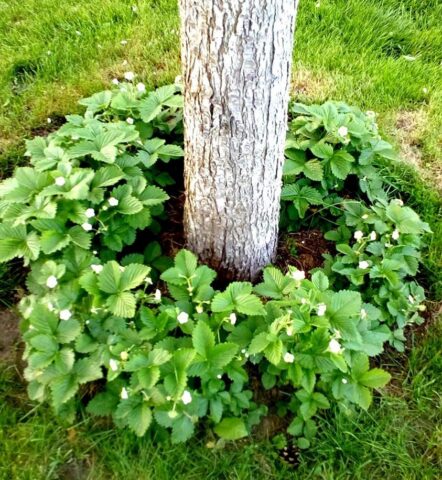
With a lack of light, strawberries will definitely be small and sour
Ride height
Any low area or place at the bottom of a hill is not suitable for a strawberry bed. In addition to problems with lighting, melt and rainwater stagnate there for a long time, and damp cold air inevitably accumulates.
If there is no other place for planting, the only option is “raised” beds about 30 cm high. At the same time, they are leveled so that there is no slope. Otherwise, it is impossible to provide uniform watering to the bushes located at different ends of the bed - the “upper” ones will suffer from drought, the “lower” ones from waterlogging. Both increase the risk of picking sour berries.
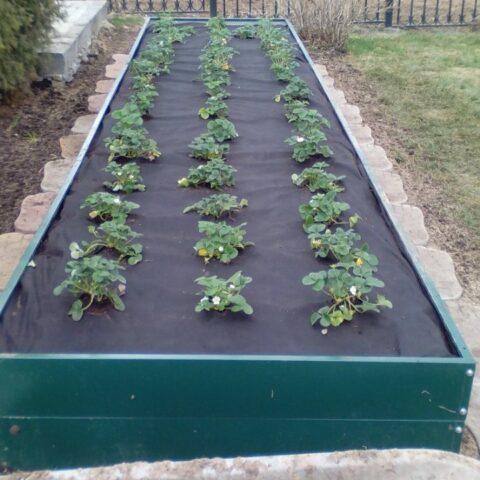
In the lowlands, the yield will inevitably be low and the berries will be sour
Planting density
If there is excessive crowding, the volume of collected berries and their quality drop sharply. Strawberries turn out small and sour, since the plants are forced to “compete” for water and nutrients, and a deficiency occurs.
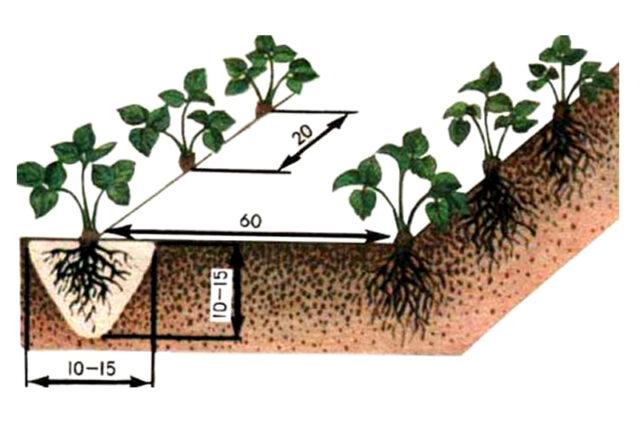
Planting strawberries end-to-end in a garden bed is a very bad idea.
Diseases
Any fungal, bacterial or viral disease inevitably weakens and depletes the plant. It can no longer provide the berries with nutrients in the required volumes. Sour, small or “woody” berries in this case are one of the most “harmless” consequences of the disease.
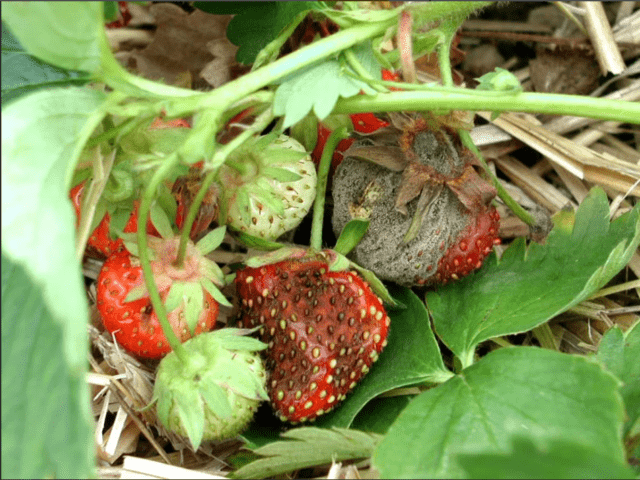
If nothing is done, plants affected by the pathogen will most likely die altogether.
Incorrect landing date
The optimal time for this is August or early September. The bushes will have time to form a root system, but will not begin to grow. The combination of these two factors is a necessary condition for successful wintering. Otherwise, next season the bushes will develop slowly and the berries will ripen sour.
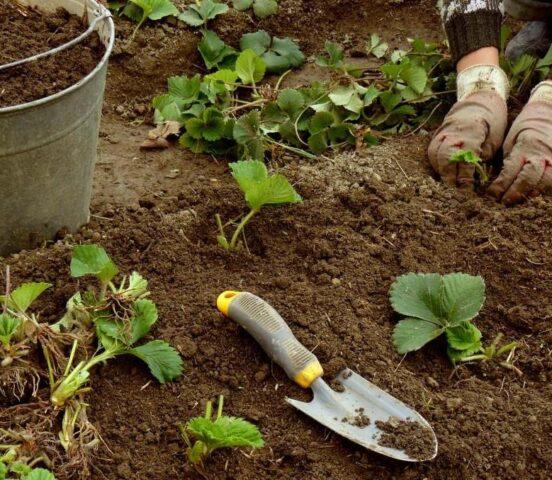
The timing of planting strawberries is very important for the normal development of the bushes, and therefore for the quality of the harvest in the future.
Mowing
Mowing strawberry leaves in preparation for winter is a fairly popular agricultural technique. But experts strongly advise against resorting to it, replacing it with manual pruning or “combing” the beds with a rake with frequently spaced teeth.
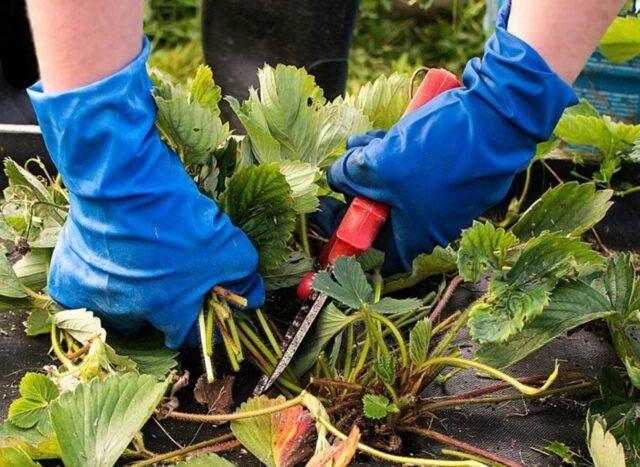
When mowing, the growing point is very often damaged; the next season the gardener receives deformed bushes with sour berries
What to do if strawberries are sour
If the strawberries in the beds are constantly sour, contrary to the varietal characteristics, it is necessary to analyze the location of the plantings and the quality of their care. In most cases, it is enough to identify negative factors and “neutralize” them so that the berries become sweet and not sour.
What to do to eliminate common errors:
- Renew strawberry plantings every 3-5 years, focusing on the volume and quality of the harvest. The method does not matter - you can purchase new seedlings or use “daughter” sockets.
- Adjust watering. The substrate in the garden bed should always be slightly moist, but not wet; it should also not be allowed to dry out too much - both in a garden bed that looks like a “swamp” and in overdried soil in the heat, the strawberries will be sour. It is impossible to indicate specific intervals; it all depends on the air temperature, frequency and intensity of precipitation.The ideal option is drip irrigation.
- Provide strawberries with timely fertilizing, taking into account its needs at a certain stage of development. Fertilizers must be applied at the beginning of the growing season, with the active growth of leaves, when buds appear, after flowering, the first “wave” of the harvest and about a month after the end of fruiting.
- “Adjust” the quality of the substrate. To prevent strawberries from being sour, humus is added to “poor” sandy soil in a timely manner, and river sand is added to “heavy” clayey soil. An inappropriate acid-base balance also needs to be “corrected”.
- Provide plants with enough light and warmth. The “requirements” of strawberries for cultivation conditions, first of all, for lighting, must be taken into account, otherwise the berries will be sour.
- Follow the landing plan. In the description of a variety or hybrid, the originator must mention the dimensions of adult bushes and the recommended interval between them. If the instructions are not followed, the strawberries will be sour, regardless of the quality of care.
- Regularly inspect the bushes for suspicious symptoms. Having discovered them, immediately take measures to combat a specific disease or pest.
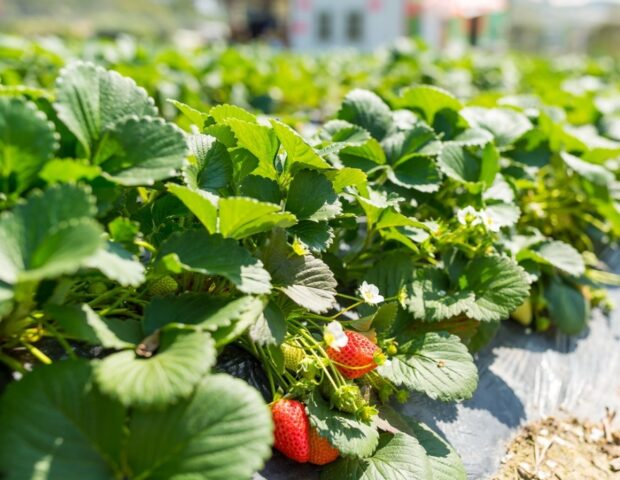
Without knowledge of the important nuances of agricultural technology, it is impossible to obtain abundant harvests of sweet berries
Tips for Growing Sweet Strawberries
The risk of getting sour strawberries is noticeably reduced if you take into account the important nuances of agricultural technology:
- Regular (2-3 times a month) weeding and loosening of the plantings or mulching of the beds is required.The root system of strawberries is superficial; it inevitably “loses out competition” to weeds. When there is a lack of nutrients, sour berries ripen.
- It is impossible to get a good harvest of berries and high-quality “daughter” rosettes from a strawberry bush at the same time. Already at the beginning of the season, it is necessary to decide on its “purpose” and regularly remove either the “whiskers” or the buds.
- The end of fruiting does not mean that strawberries no longer require care. Watering and fertilizing continue, they are necessary for normal preparation for winter. Few berries ripen on frost-damaged plants and they turn out sour.
- Healthy neighbors for strawberries are onions, garlic, and any legumes. The first two plants are rich in phytoncides, which effectively destroy pathogenic microflora; their specific smell repels many pests. Legumes improve the quality of the soil by saturating it with nitrogen.
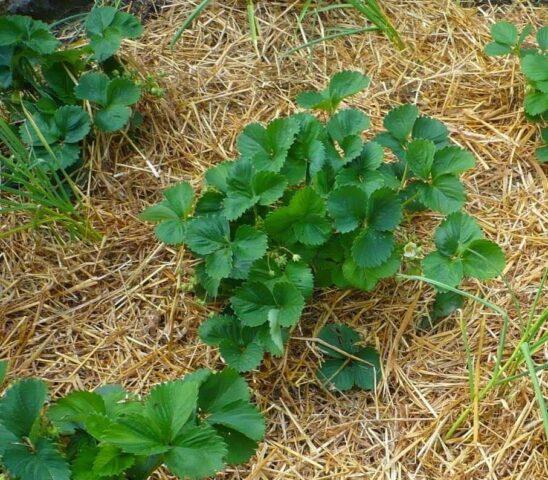
Mulching greatly simplifies the care of strawberries and prevents rotting of the berries.
Conclusion
If strawberries collected from the garden beds are sour, the reason is not always an unreliable description of the variety or hybrid given by the originator, or the dishonesty of the seller selling “fake” seedlings. It is very likely that the gardener himself is “to blame” for this, having chosen a place for planting that does not meet the “requirements” of the crop or not providing the strawberries with high-quality and competent care.

